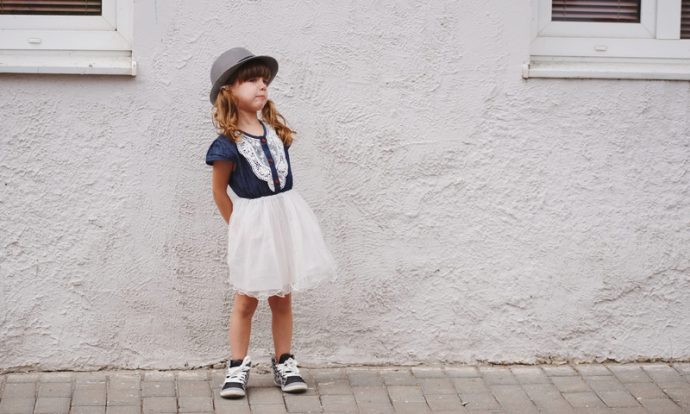Everyone experiences fear or anxiety at some point in life’s journey. Feeling anxious in particular situations doesn’t feel good but it is sometimes unavoidable. With children, anxiety and phobias are normal and even necessary because they help them handle the sometimes unsettling and challenges that come with life.
At Right Steps Education, we help children with their emotional and cognitive development. We’ve known that parents might be concerned with their children’s anxieties and phobias, but we have a few pointers that can help you comfort them when they need it most.
Anxiety is often defined as an apprehension that does not have a specific cause. Anxiety usually arises in situations that pose no immediate threat to a person’s safety or well-being. Regardless, it can still be unpleasant to experience. Anxiety makes a person want to escape the situation that they are in. Their heart rate might increase and they might perspire, as well.
An actual phobia is different from anxiety because it is an extremely strong fear that doesn’t simply go away. Children who have phobias are usually afraid of the same object in question every time they see it. Children who have phobias go out of their way to avoid the object that scares them.
Having specific anxieties or fears can be stressful to a child, but it can also be helpful because it shapes behavior in a particular way. For example, a child who has a fear of water might not play unsafely around pools or lakes. Likewise, a child who has a fear of fire might not be inclined to play with matches while unattended.

Anxieties often change as a person grows older. Babies experience separation anxiety, whereas elementary-aged children develop anxiety around non-reality based objects, such as ghosts or monsters. Children between the ages of 7-12 often develop anxieties related to natural disasters or bodily injury.
Typical childhood anxieties include fear of heights, strangers, darkness and animals. Some children are anxious about insects, blood, or other specific triggers. If anxious feelings persist, they can sometimes interfere with a child’s sense of well-being. Signs that a child might be anxious about something include: impulsiveness, clinginess or distractedness. Other signs might include nervous movements or temporary twitches. Some children experience trouble with sleeping or sweaty hands.
The good news is that in most cases, you can easily manage your child’s anxiety. Oftentimes, simple adjustments can be made to help accommodate a child’s specific anxiety. Look for patterns and then take action by helping your child develop the skills and the confidence required to overcome the anxiety.
Being able to talk about your child’s anxiety is also important. Choosing the right words can take some of the power away from a negative feeling. If you talk about it, oftentimes anxiety levels decrease because the feeling loses its power. Be careful not to minimize your child’s feelings because this won’t help him or her overcome the specific anxiety.
Teaching your child how to rate his or her anxiety is another good idea. Simply help your child visualize the intensity of his or her anxiety on a scale of 1-10. Children who can “see” their anxiety often have the ability to minimize it. Younger kids can think about how “full of anxiety” they are and relate it in terms of being “up to their knees” or “up to their stomachs.” The highest level of anxiety might be considered “up to their heads.”
Teaching coping strategies is also important. There are a host of books and online resources that outline specific coping strategies that relate to specific anxieties. Positive self-statements are also good to use in these situations. “I can do this” and “I will be okay” are examples of positive self-statements.
Some children have great success with deep breathing and relaxation techniques, including visualization. Essential oils are also an excellent tool to have when dealing with anxiety. Essential oils such as chamomile and lavender are great for dealing with anxiety. Combining any of these techniques is a great way to help your child get started on minimizing his or her anxiety.




